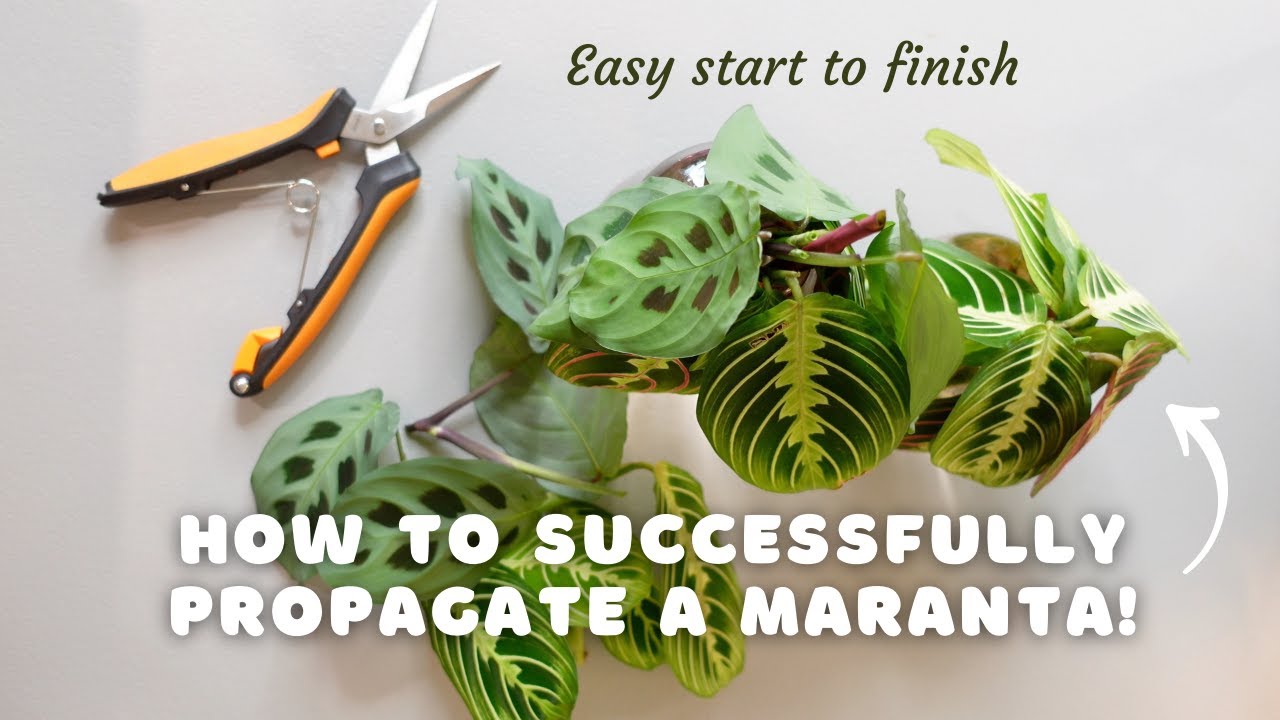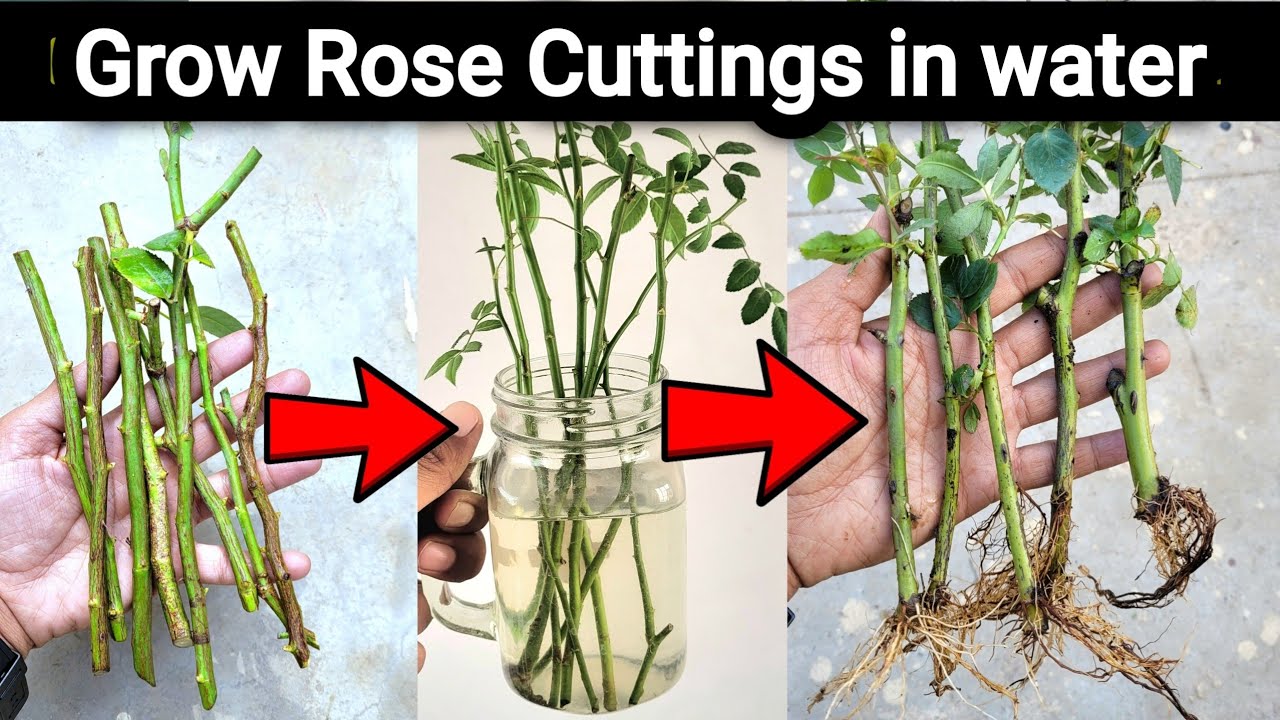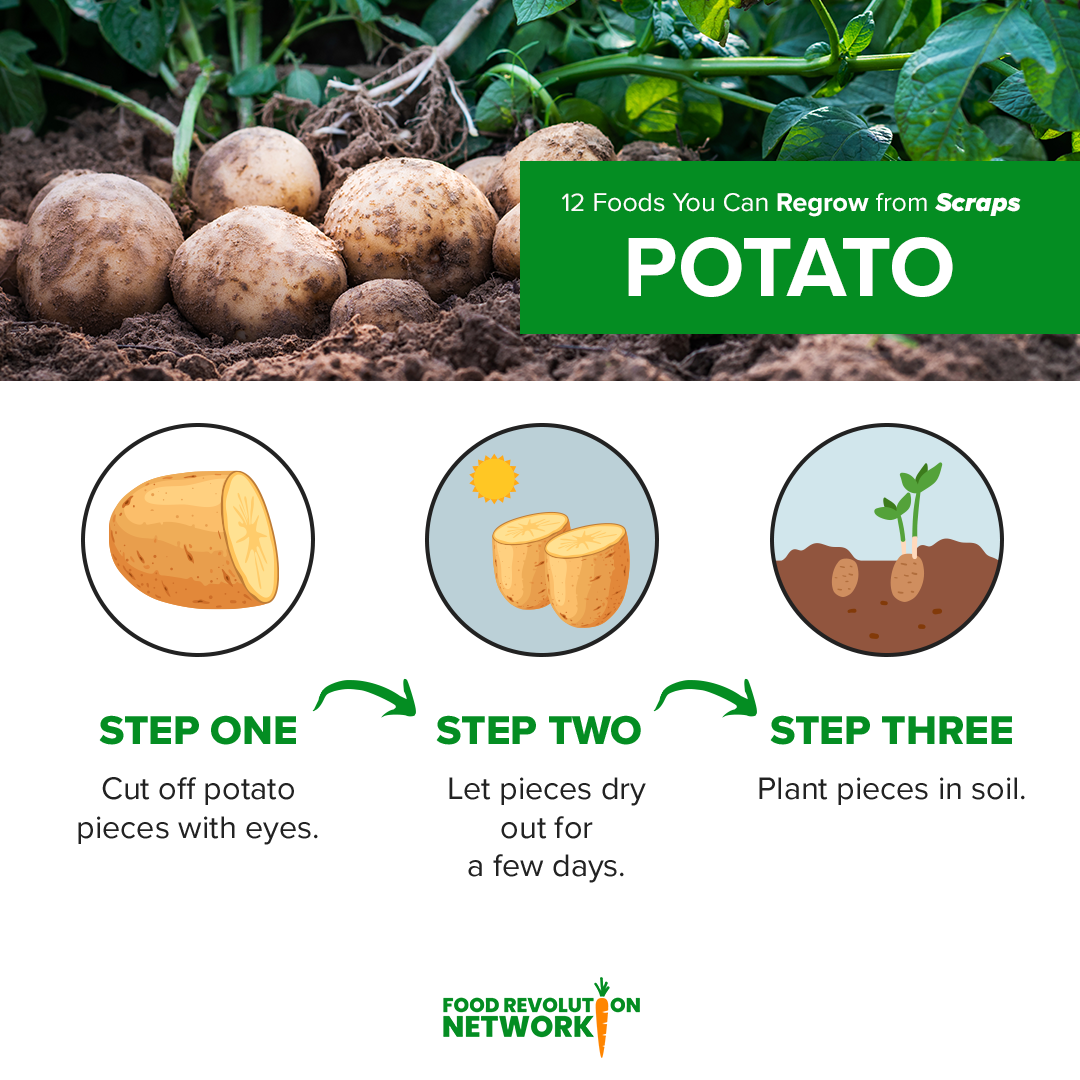How to Propagate Prayer Plants
Prayer plants, also known as Maranta leuconeura, are beautiful and unique houseplants that are prized for their striking foliage and easy care requirements. One of the best things about prayer plants is that they are relatively easy to propagate, allowing you to grow your collection without having to spend a lot of money. In this article, we will guide you through the process of propagating prayer plants step by step.
1. Choose the Right Time
The best time to propagate prayer plants is in the spring or early summer when they are actively growing. This is when the plants are putting out new growth and will be more likely to produce healthy new plants from cuttings.
2. Gather Your Supplies
- Prayer plant cuttings
- Clean sharp scissors or pruning shears
- Rooting hormone (optional)
- Small pots or containers filled with potting mix
- Plastic bags or plastic wrap
- Watering can
3. Take Cuttings
To propagate prayer plants, you will need to take cuttings from the parent plant. Using clean sharp scissors or pruning shears, cut a healthy stem with several leaves attached. Make sure to cut just below a leaf node, as this is where the roots will form. You can also dip the cut end in rooting hormone to encourage root growth.
4. Prepare the Cuttings
Remove any lower leaves from the cutting and trim any damaged or yellowing foliage. This will help the cutting focus its energy on producing roots rather than supporting excess leaves. Place the cutting in a small pot filled with moist potting mix, ensuring that the leaf node is buried in the soil.
5. Provide the Right Environment5. Provide the Right Environment
–>Prayer plants prefer warm, humid environments, so it is important to create a suitable environment for your cuttings to thrive. Place the pots in a warm, bright location away from direct sunlight. You can also cover the pots with plastic bags or plastic wrap to help retain moisture and create a mini greenhouse effect.
6. Water and Monitor
Water the cuttings regularly to keep the soil moist but not waterlogged. Check the soil every few days and mist the foliage with water to maintain humidity. Monitor the cuttings for signs of new growth, which indicate that roots are forming. This process can take several weeks, so be patient and continue to care for your cuttings.
7. Transplanting
Once the cuttings have developed a healthy root system, you can transplant them into individual pots filled with potting mix. Be gentle when removing the cuttings from their original pot and carefully transplant them into their new homes. Water the transplanted cuttings thoroughly and continue to care for them as you would mature prayer plants.
8. Tips for Success
- Choose healthy parent plants with no signs of disease or pests
- Use a well-draining potting mix to prevent waterlogged soil
- Keep the cuttings warm and humid to encourage root growth
- Monitor the cuttings regularly for signs of new growth
- Be patient, as the propagation process can take several weeks
Propagating prayer plants can be a fun and rewarding way to expand your collection and share these beautiful plants with friends and family. By following these steps and providing the right care, you can successfully propagate prayer plants and enjoy the satisfaction of watching them grow..



